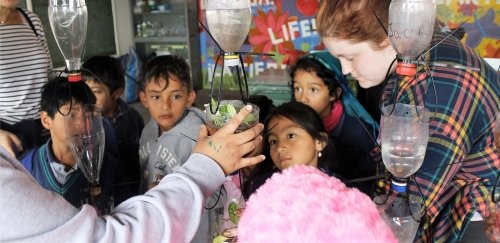
Sociology professor creates service-learning project at orphanage in Ecuador.
Fourteen RIC students spent three weeks in Quito, Ecuador, on a service-learning mission at the Henry Davis Foundation, a school/orphanage located near the Andes mountain range.
Henry Davis is home to over 200 Ecuadorian children who have been either abandoned or placed in protective care due to a court order. They live in houses built on the campus and attend a K-12 school on the campus, a school that is also attended by nonresident students.
Through a course created four years ago by RIC Associate Professor of Sociology Jill Harrison, in partnership with RIC Professor of Elementary Education Maria Lawrence, titled SOC 450/ELEM 450: Field Work in Ecuador, RIC students lived amongst the children at the orphanage fully immersed in the children’s day-to-day life.
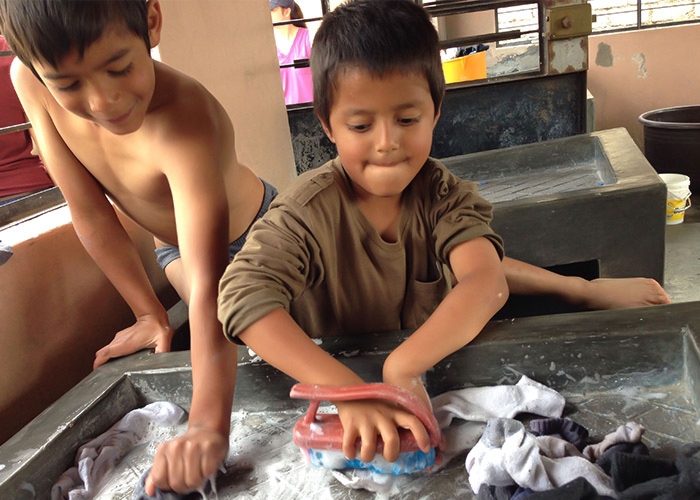
Harrison defined service learning as “an applied cultural experience where college students learn about the culture, language and socio-economic issues of a target population as they work with that population in the field and earn academic credit.”
For the last two years, Harrison and Lawrence have focused the service-learning project on food sustainability. “Food is not locally grown but flown in from Colombia,” Lawrence explained. “The children eat a lot of white rice and potatoes and almost no protein aside from eggs and very small portions of chicken.”
“Many of the children are undernourished, which leads to developmental issues,” she said, noting, “It is not unusual to see children who say they are 12 years old but who are not quite four feet tall.”

Last year Lawrence, Harrison and RIC students led an initiative to teach hydroponic gardening to teachers, staff and students so that the orphanage would be able to grow their own herbs and vegetables and sell their produce to the local community.
Hydroponic gardening involves using water rather than soil to germinate seeds. Taking recycled plastic water bottles and cutting off the base, the bottle is inverted and filled with a substrate – fired clay balls. Seeds are suspended in the water until they form the first roots, after which the plants are transplanted to the garden outside.
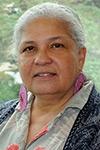
Lawrence created two systems of watering the germinating seeds: a static and dynamic system. The static system allows the seed to sit in water, while the dynamic system allows water to drip down from one bottle suspended above another bottle and into a reservoir, where a pump in the reservoir recycles the water back up to the top bottle.
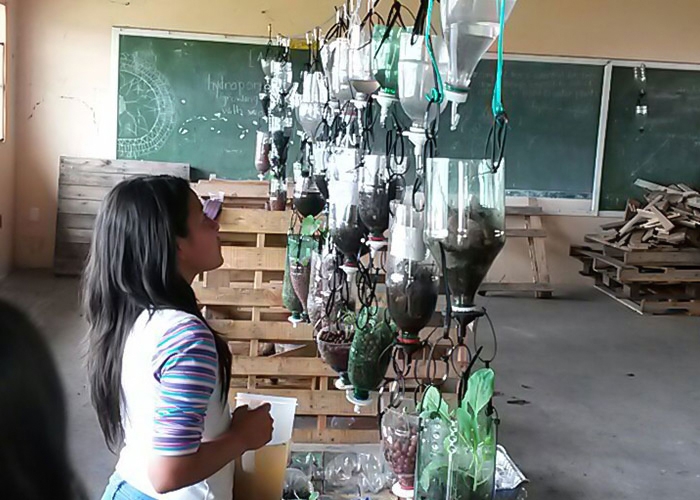
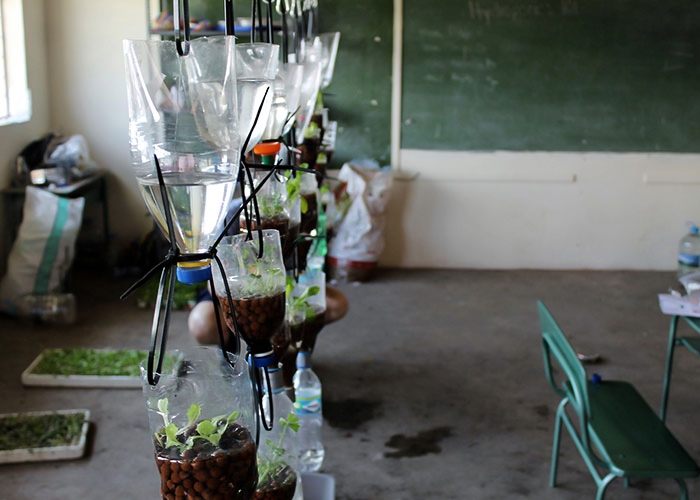
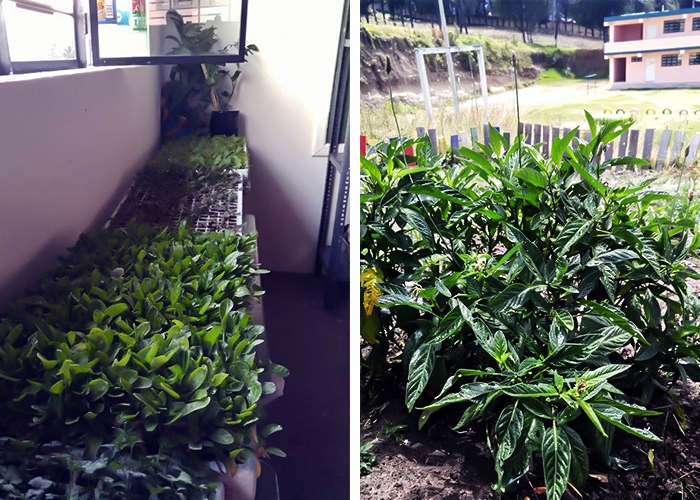
Hydroponic and traditional gardening began last year. This year the RIC team rejuvenated the hydroponic systems, created an additional garden and increased contact time with the students and teachers both inside and outside of the classroom.
Assigned groups of students worked in the hydrolab, another group in the traditional garden, another group in classrooms and a group engaged children in the arts – mural painting and puzzle creation on a science theme. One grad student taught 18 full days of ESL to multiple grade levels, while a nursing major conducted over 200 BMIs on the children.
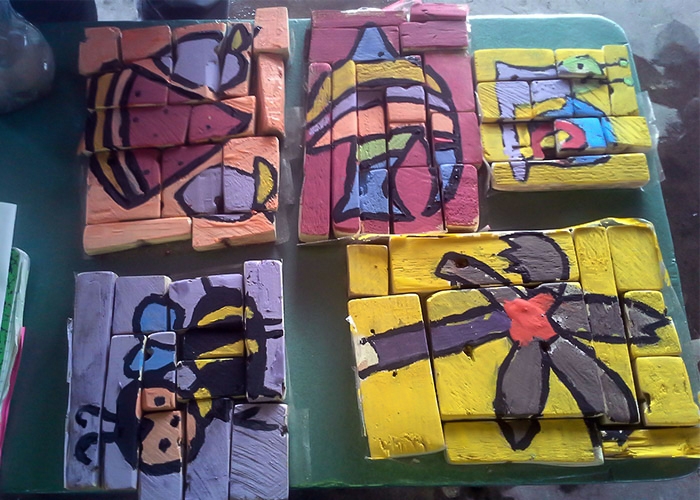
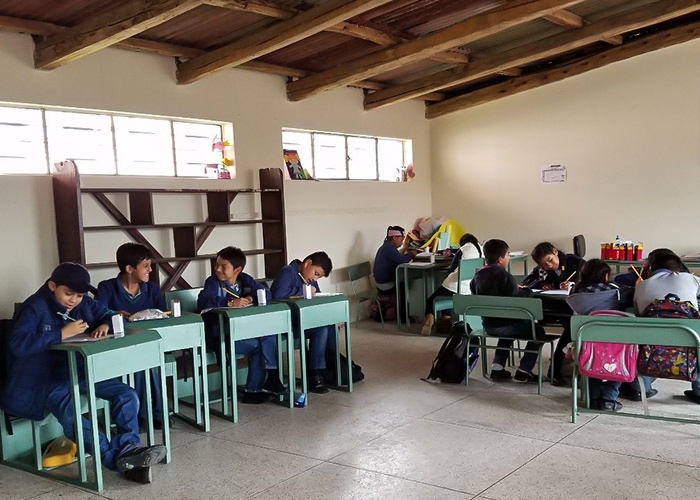
"We also tried to mix work with cultural excursions,” said Harrison. On the weekends, RIC students were given guided tours of the Amazon rainforest, they visited Andean villages renowned for their colorful textiles, plazas with 17th-century churches and monasteries and a remote Kichwa village in the Amazon where local shamans still harvest the traditional rainforest medicines of their ancestors.
Students were given demonstrations of Kichwa cooking, farming and hunting techniques, and in the evening they danced with the villagers to traditional music.
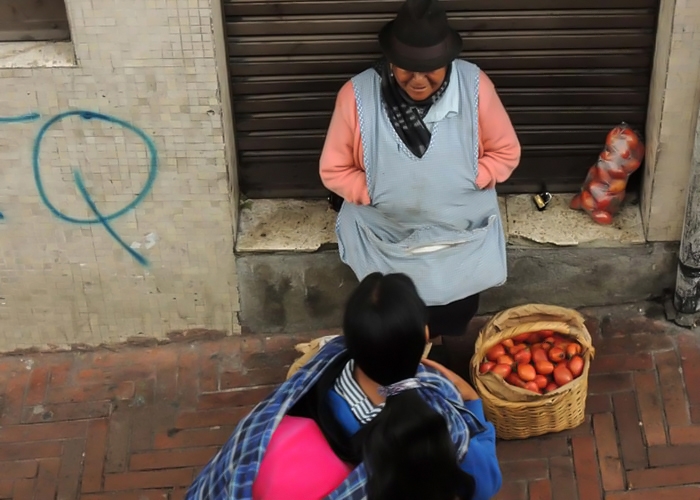
On another excursion, the students visited a sacred cave, donning headlamps to navigate the dark, while wading through the river that flows through the cave. “Sometimes you’re over your head in water and you’re grabbing onto a line above your head,” said Harrison. “But our students learned to push their limits.”
As RIC students prepared to leave Ecuador, there were tears all around, Harrison said. “Needless to say, our students connected deeply with the children,” she remarked.
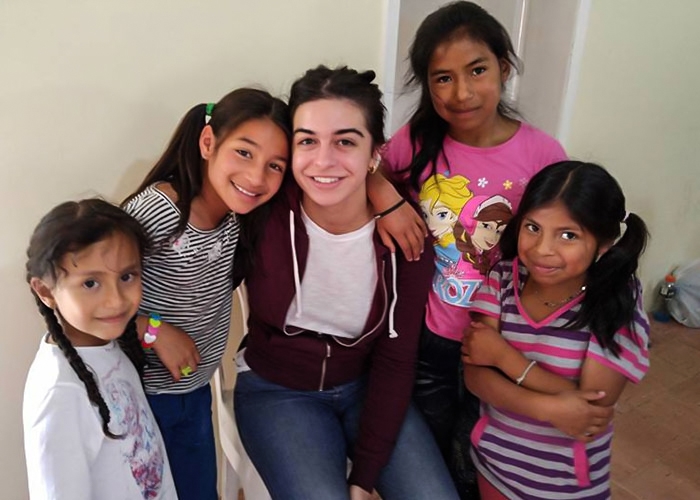
Her hope is that RIC students “came away knowing that we are all citizens of the world and that it doesn’t take that much to extend ourselves to be part of a global, conscious community.”
“I want our students to have a sense of adventure, of being a citizen of the world, and that learning can take place in very dynamic ways. This kind of experience is not something that you can get from a book. You’re experientially growing in your knowledge-base and in your awareness of issues that affect this community. You can read about other cultures and their experiences but this is whole-body learning,” she said.
Indeed, many students spoke of returning to the orphanage to continue their work.
